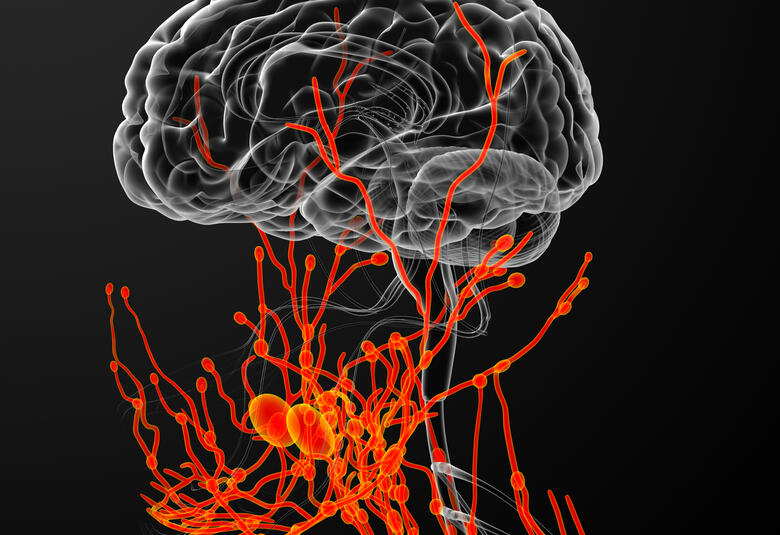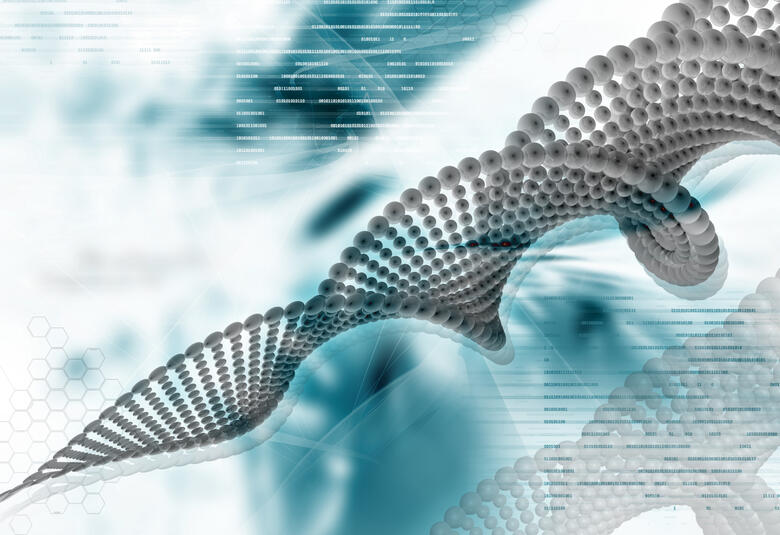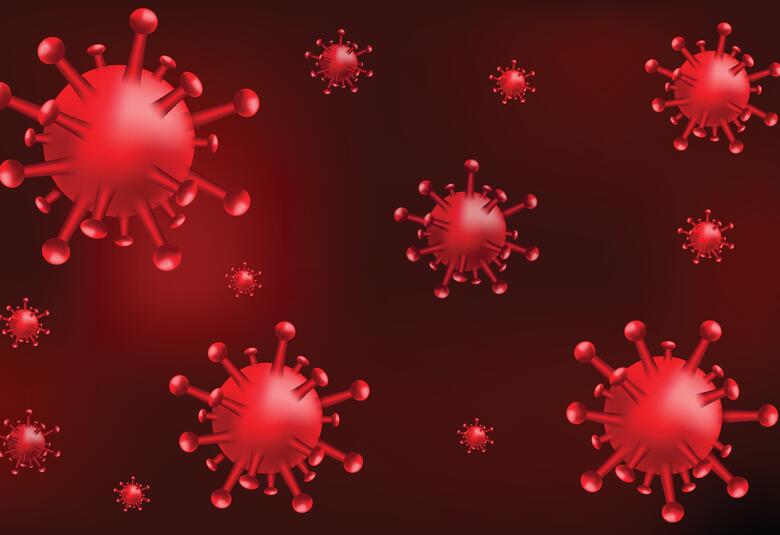Mass traumatic events, such as the global COVID-19 pandemic, significantly impact on mental health, with an increased prevalence of stress, anxiety and depression in the general population1. Certain groups, such as those with pre-existing mental health disorders, carry a higher burden of disease from COVID-192. This satellite symposium from ECNP 2021 considered the important role of trauma, both past and present, in patients with major depressive disorder (MDD). Emotional blunting is a common, but difficult to treat, symptom in these patients, and the speakers presented a promising new development in treatment.
Impact of past and present trauma
Roger McIntyre (University of Toronto, Canada) opened the session by demonstrating the impact trauma can have. An online survey of the general population in Italy showed symptoms of depression (15.4% to 32.3%) and anxiety (21.4% to 35.7%) increased significantly during lockdown3. Individuals with underlying mental health conditions are at greater risk of hospitalization and death4. Symptoms of MDD are exacerbated5, and symptom profile may differ. Even after COVID-19 recovery, symptoms, such as anhedonia, are common, and may be a predictor for COVID-19-related depression severity6.
Previous trauma puts those with MDD at elevated risk for early onset, relapse and illness complexity
It is not just recent trauma that impacts patients. A history of previous (e.g. childhood) trauma puts those with MDD at elevated risk for early onset, relapse and illness complexity. 62.5% of patients with MDD reported at least two traumatic events compared to 28.4% of control individuals7.
Treating patients with previous trauma exposure
Antidepressant effectiveness has typically been poorer in patients with previous trauma exposure. The iSPOT-D (international Study to Predict Optimized Treatment for Depression) trial evaluated the role of early-life trauma in predicting acute response outcomes to antidepressants in patients with MDD. Patients were 1.6 times less likely to achieve response or remission, if exposed to abuse at the age of 4-7 years7.
A multimodal antidepressant, in patients with MDD reporting childhood or recent trauma, significantly improved symptoms of MDD and overall functioning
So, there is great interest in results from recent trials with a multimodal antidepressant in patients with MDD reporting childhood or recent trauma8. Symptoms of MDD and overall functioning were significantly improved in the short and long term, with increased time to relapse. The multimodal pharmacology exerts distinct effects across neural pathways associated with mood and cognition, including enhanced glutamate signaling.
Emotional blunting and trauma
Emotional blunting is common in patients with MDD
Andrea Fagiolini (University of Siena, Italy) went on to describe how pandemic-related trauma may be associated with emotional numbing, a symptom of post-traumatic stress disorder9. Emotional blunting, the flattening of both positive and negative emotions, is also common in patients with MDD10. In an online survey, 45% of patients believed that their antidepressant medication was affecting their emotions, and 39% considered stopping antidepressant use because of emotional side effects11.
Emotional blunting negatively affects quality of life and daily functioning, and is associated with reduced adherence to treatment, poorer quality of remission and a higher risk of relapse10,12. To date, emotional blunting has been a challenging symptom to treat, and may actually be an adverse event of treatment with certain antidepressants12.
Results from COMPLETE study
After 8 weeks of treatment, in a study, 50% of patients reported absence of emotional blunting
Prof Fagiolini presented recent evidence from the open label COMPLETE study. This demonstrated that a multimodal antidepressant may be effective in reducing emotional blunting, measured using the Oxford Depression Questionnaire (ODQ)12. In MDD patients, who had a partial response to SSRI/SNRI and ODQ ≥50, there were significant improvements in measures of emotional blunting and anhedonia. After 8 weeks of treatment, 50% of patients reported absence of emotional blunting.
Evolving management of MDD
Tackle stigma, facilitate access to services and develop effective online tools
Susana Sousa Almeida (University of Porto, Portugal) powerfully illustrated the traumatic impact of the COVID-19 pandemic with a patient presentation. She suggested how to address some of the social and strategic challenges in the evolving management of MDD, including tackling stigma, facilitating access to mental health services and developing effective online psychotherapeutic tools.
Educational financial support for this Satellite symposium was provided by H. Lundbeck A/S.
Our correspondent’s highlights from the symposium are meant as a fair representation of the scientific content presented. The views and opinions expressed on this page do not necessarily reflect those of Lundbeck.




